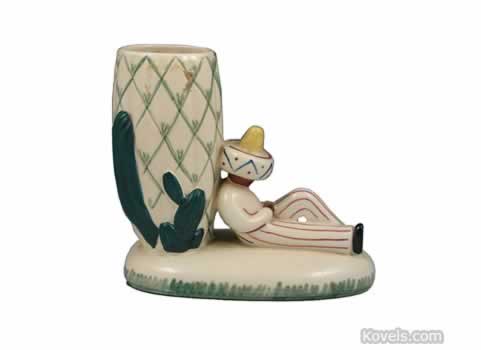Mexican antique porcelain reflects the inspiration of varied cultures and relates its origin to various geological regions. The vibrant colors and versatile uses of Mexican earthenware are remarkable. Read our guide for more facts and information…
The Chinese were the first to make porcelain in the Tang Dynasty period around the seventh century. For centuries they have been making the world’s finest porcelain and their ceramic wares of the previous centuries are regarded as artistic treasures. In the Qing period, i.e., since the seventeenth century, the Chinese exported porcelain to Europe. The Europeans termed it ‘white gold’, as it was very expensive.
Origin of Mexican ceramics
Mexican pottery and ceramic art date back to the Pre-Columbian era, relatable to the varied ceramics of the Omlecs, Mayas and Aztecs. The white-ware pottery of the Omlecs was a great source of inspiration for the indigenous cultures after it. Mayan pottery was characterized by livelier orange slip with red or black figures. The Aztec pottery is famous for its black-cum-orange colors and geometric designs. Tin-glazed ceramic techniques were brought to Mexico during the sixteenth century after the Spanish invasion. Popularly known as Talavera, the majolica-style pottery has gained worldwide renown over the centuries. Among the three types of pottery namely, stoneware, earthenware and porcelain, Mexican is well known for the earthenware technique.
Characteristics of Mexican Ceramics
Mexican ceramics are diverse, depending on the region of origin. The better known types are Casa Grandes, Mata oritz, Talavera and the Oaxacan ceramics. The Casa Grandes originated over a millennium ago in north Mexico and it is well known for its nature-oriented patterns, such as birds and leaves. Mata Ortiz involves the earliest method of coiling clay to form pottery. Talavera pottery is exclusive to Puebla and involves intricate techniques with two distinct firing processes before and after glazing. The barro negro ceramics of the Oaxacan region are popular for their black color imbibed from the natural clay of the region. The red ceramic ware from the Michoacan region features floral designs done with unique painting techniques.
Regardless of their origin, Mexican ceramics are known for their functional versatility, ranging from kitchenware to decorative vases and tiles. Before the Spanish introduced the potter’s wheel, ceramics were made by hand using traditional techniques, such as coiling, modeling and molding.
Antique Value of Mexican Porcelain
Ceramic art and pottery are known to be the most accomplished crafts in ancient Mexico. Porcelain wares are subjected to high temperatures and pressure during the processing phase and bear the qualities of glazed ceramic. Decorative designs describe the amalgamation of indigenous elements and European influence. The evolution of folk art led to the creation of a wide variety of fine ceramic wares, such as tiles, figures, cups, dishes, etc. The Pre-Hispanic methods are still used in modern Mexico with glazed and burnished finishes. Mexican ceramics are valuable collectibles and are much sought after in the antique market.
Mexican antique porcelain wares were created by master craftsmen, and it is known that Talavera potters had to meet special standards to craft their pieces. Each piece bears the signature of the potter and details that help verify the authenticity.
ket.





